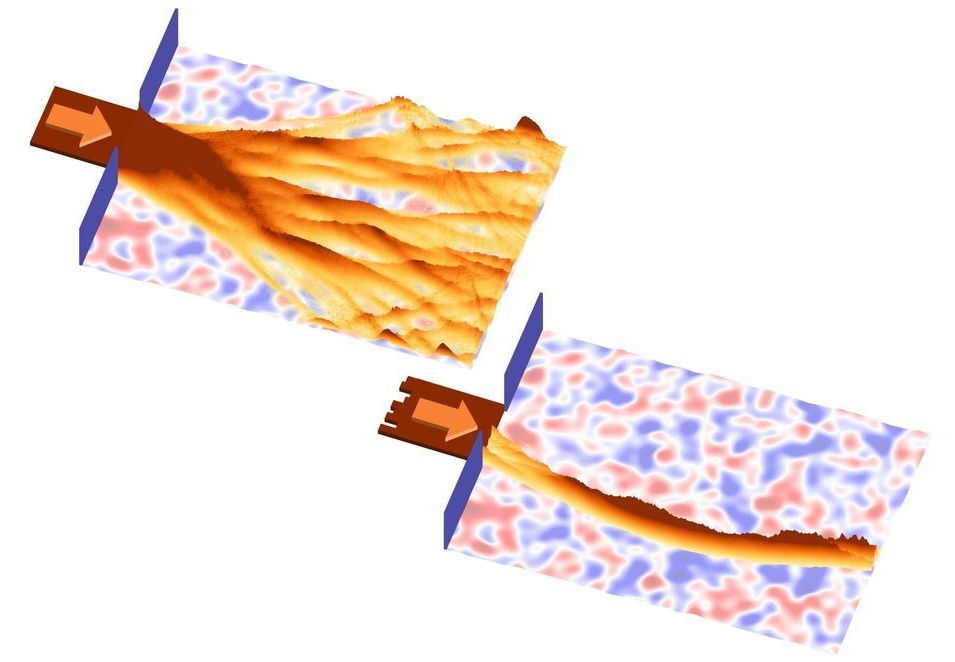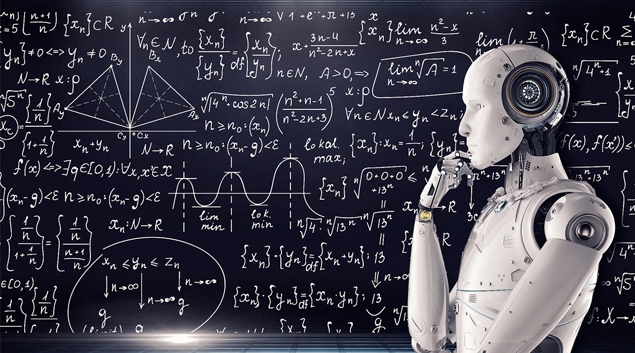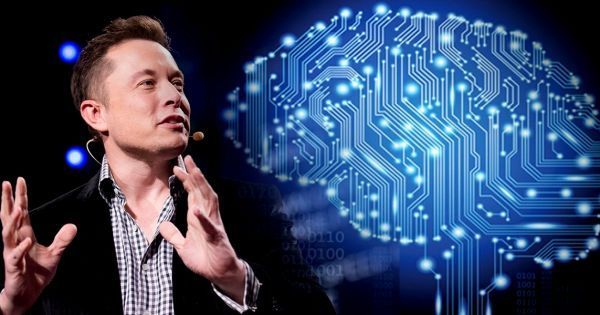A new study shows that gut bacteria composition is different in people with fibromyalgia and that it varies with the severity of pain and other symptoms.



Waves do not always spread uniformly into all directions, but can form a remarkable “branched flow.” At TU Wien (Vienna) a method has now been developed to control this phenomenon.
In free space, the light wave of a laser beam propagates on a perfectly straight line. Under certain circumstances, however, the behavior of a wave can be much more complicated. In the presence of a disordered, irregular environment a very strange phenomenon occurs: An incoming wave splits into several paths, it branches in a complicated way, reaching some places with high intensity, while avoiding others almost completely.
This kind of “branched flow” has first been observed in 2001. Scientists at TU Wien (Vienna) have now developed a method to exploit this effect. The core idea of this new approach is to send a wave signal exclusively along one single pre-selected branch, such that the wave is hardly noticeable anywhere else. The results have now been published in the journal PNAS.
BREAKING NEWS: Microfibres from clothes and furniture are contaminating the #GreatBarrierReef, researchers from @AustralianMarineScience and the University of Copenhagen have discovered.
The team—Lene Jensen, Cherie Motti, Anders Garm, Hemerson Tonin and Frederieke Kroon—investigated microdebris from inside fish and surface waters on inshore and offshore areas of the reef.

While this general estimate that the global population should peak at under 11 billion is better news than some earlier higher estimates that it would reach as high as 15 billion by the end of the century, the researchers behind the study suggest the vast majority of population growth coming over the course of this century will occur in the world’s poorest countries.



Artificial Intelligence (AI) is an emerging field of computer programming that is already changing the way we interact online and in real life, but the term ‘intelligence’ has been poorly defined. Rather than focusing on smarts, researchers should be looking at the implications and viability of artificial consciousness as that’s the real driver behind intelligent decisions.
Consciousness rather than intelligence should be the true measure of AI. At the moment, despite all our efforts, there’s none.
Significant advances have been made in the field of AI over the past decade, in particular with machine learning, but artificial intelligence itself remains elusive. Instead, what we have is artificial serfs—computers with the ability to trawl through billions of interactions and arrive at conclusions, exposing trends and providing recommendations, but they’re blind to any real intelligence. What’s needed is artificial awareness.


